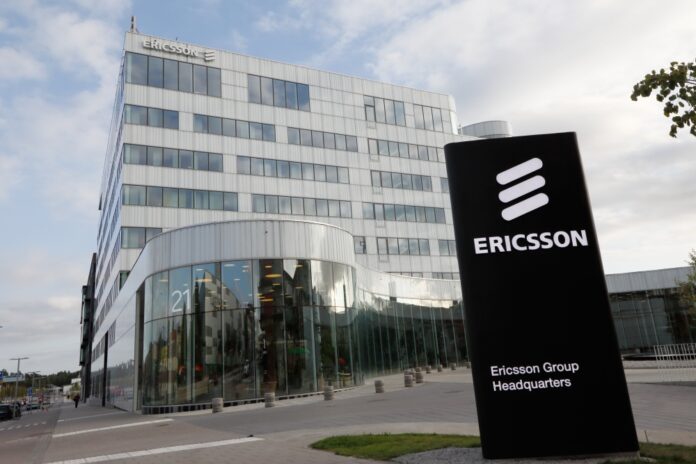
Is Ericsson boosting uplink or, not, as some think?
A new proposal for Open RAN seems to divided the industry into two halves into the Big RAN manufacturers and the smaller, less influential but necessary smaller members of the ecosystem, the Also Rans. The divide was exposed as Ericsson defended its scheme for a new entry point for equipment makers seeking entry into the Open RAN garden. The new entry will be in the lower-layers of the comms stack, where a new generation of baseband will segregate the respective baseband functions that work the radio unit (RU) and the distributed unit (DU), which is the box responsible for most of the processing.
This ‘next-generation lower-layer split’ will address shortcomings of 7.2x, Ericsson claims, because the system which is accessed through the Sipree entrance (AKA the common public radio interface (CPRI) is flawed and inefficient. Some critics say Ericsson, one of the founders of networking, is using interfaces to protect its long legacy of revenue for the Radio Access Networks, an industry it helped to shape. Ericsson says it about boosting uplink (UL) performance and liberating much needed capacity on the fronthaul capacity and cutting the costs.
“That is why a new working group was created by the Alliance called the Uplink Performance Improvement activity,” said Mike Murphy, the chief technology officer for Ericsson’s North America business, during a keynote presentation for the Big 5G conference in Austin, Texas. This is the only option for making for Cat-B or massive MIMO radios in future, Murphy argued, because those are dominant radios. “We need to optimise performance to meet or exceed what we deliver today. We can’t go backward.”
Shifting some components from the DU into the RU, such as the Equalizer function, would actually fix a few performance problems associated with 7.2x, according to at least two industry experts, reports Iain Morris, a top industry analyst with The Light Reading. “The equalizer in the radio is the part of the radio that mitigates interference,” said Paul Challoner, Ericsson’s vice president of network product solutions, during a panel session in Austin. “Where is that? Is it in the radio or the DU? That is one of the debates right now in the O-RAN Alliance.”
Some say the road from Sipree is a bit too slippery, since it is paved with Ericsson’s intellectual property. If that happened and the O-RAN Alliance were to adopt it, smaller and newer vendors of radio units might have to pay technology licensing fees to Ericsson. Another concern is whether it will support backward compatibility with the existing 7.2x specification, said one source.
Qualcomm has proposed new lower-layer split, reports Light Reading. However, Ericsson’s proposal has received support from AMD, Nokia, and ZTE. Ericsson says its proposal does not rely on special proprietary IP and sticks to fair licensing principles. Backward compatibility with existing standards is supported and may the best Open RAN win.
Smaller companies worry about jumping through more hoops help up by a union of big players forming closer alignments. One argument is that the Big Net vendors can control technology development within the 3GPP and effectively block moves they perceive to be a threat, according to Morris. “The 3GPP is a walled garden and there is so much innovation we could not bring at the speed we wanted,” said Marc Rouanne, the chief network officer for US telco Dish and a former Nokia executive. “They didn’t have open interfaces like the RIC [an open RAN feature] and we had to wait ten years to get it in.”
Hang on, Ericsson said, this company is now the biggest contributors to the O-RAN Alliance. In a white paper issued last year, it boasted responsibility for about 14% of all contributions made between October 2021 and the end of 2022. In Working Group 4, the one dealing with fronthaul specifications, it is tied with another company in first place for contributions, said Ericsson.
“Ericsson is betting the company on open RAN over the long term,” Murphy told the BIG 5G conference . “That is why we’re obsessive about getting the foundations and building blocks right.”


